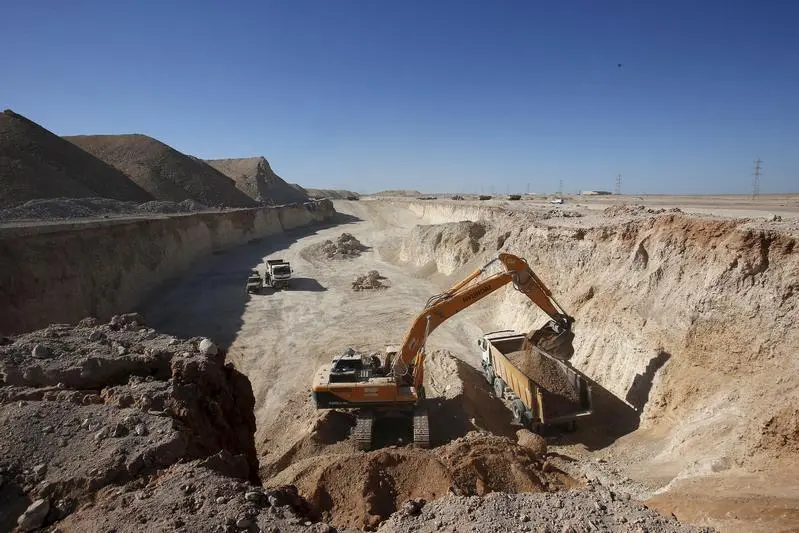PHOTO
A new mining code, adopted last year, is expected to help boost sector growth and exports by tapping Morocco's underexploited mineral resources.
While mineral production is already a key economic driver - coming largely from phosphate production and accounting for 22% of Morocco's exports and approximately 10% of GDP - tapping into underexploited resources will be key to stoking job creation and achieving the government's ambitious targets for the sector.
Casting a wider netPart of a broader national development strategy for the mining sector, the new law - which replaces the previous mining code, gazetted in 1951 - aims to triple non-phosphate industry revenues by 2025 to more than Dh15bn (€1.4bn), increase investment in research and exploration 10-fold to Dh4bn (€368m), and double the amount of direct jobs created to 30,000.
To achieve this, the authorities aim to attract greater private investment through more attractive licensing regulations and a larger database of geological survey.
The new code specifies three types of mineral rights - research permits, exploration licences and operating licences - with different durations assigned to each category.
Research permits are granted for a period of three years, renewable for an additional four, while exploration licences are valid for two years, renewable for an additional year. Operating licences, meanwhile, are granted for 10 years.
The new code has also expanded the coverage area of mining licences to between 100 and 600 sq km, with a possibility of extending to 2400 sq km. The previous code only allowed permits for up to 16 sq km, far below the surface area granted in other countries, which limited Morocco's ability to compete with similar mineral-rich markets.
Importantly, the minerals covered under the new code were expanded to include industrial minerals such as calcite, feldspar, magnesite and perlite; however, materials for construction and civil engineering were excluded. Phosphates, which currently account for around 90% of mining activity in the country, were also excluded.
In addition, the sector strategy highlighted tax incentives and the restructuring of small-scale mining under the auspices of the formal mining companies as other potential avenues for attracting greater investment.
The new incentives appear to be paying off. The number of mining titles accelerated in the months since the new code was passed, with 7538 titles issued by January, according to Abdelkader Amara, minister of energy, mining, water and the environment. Of the titles awarded, 6394 were research permits and 1067 were operating licences.
Laying the groundworkIn addition to amending the licensing regulations, the government is also looking to expand its geological data.
At present, only around 36% of the country has been geologically mapped, according to the Ministry of Energy, Mining, Water and the Environment, which is a hindrance to mineral exploration.
Conducting a more thorough inventory of the country's potential resources would help improve transparency and upstream attractiveness, clarifying the location of potentially commercially-feasible deposits.
Competitive edgeThe new regulations - and the subsequent uptick in activity - will help expand the country's extractive industries beyond its current heavy reliance on phosphates. The kingdom has the world's largest phosphate deposits, which are largely concentrated in the south, accounting for 77% of global reserves, or about 50bn tonnes of phosphate rocks, according to the most recent reserve estimates from the US Geological Survey.
However, other minerals reserves have been found elsewhere in the country, with lead, zinc, copper, manganese, iron and barite in the Middle and High Atlas Mountains; manganese, gold and silver in the Anti-Atlas province; and base and industrial metals in the Riff province.
The efforts of the country's existing miners to increase exploration have signalled the sizable potential for larger deposits.
"Geological and mining research have brought to life additional manganese ore resources allowing us to extend the lifetime of our mine to at least 12 years," Ahmed Benjilany, CEO of Société Aninyme Chérifienne d'Etudes Minières, a mining company specialised in research, extraction and commercialisation of manganese ore, told OBG.
© Oxford Business Group 2016












